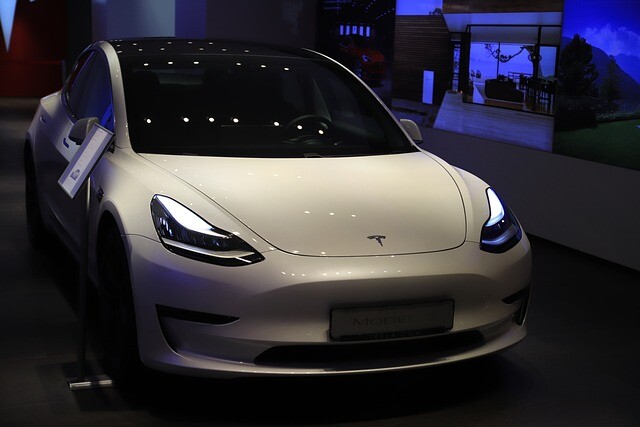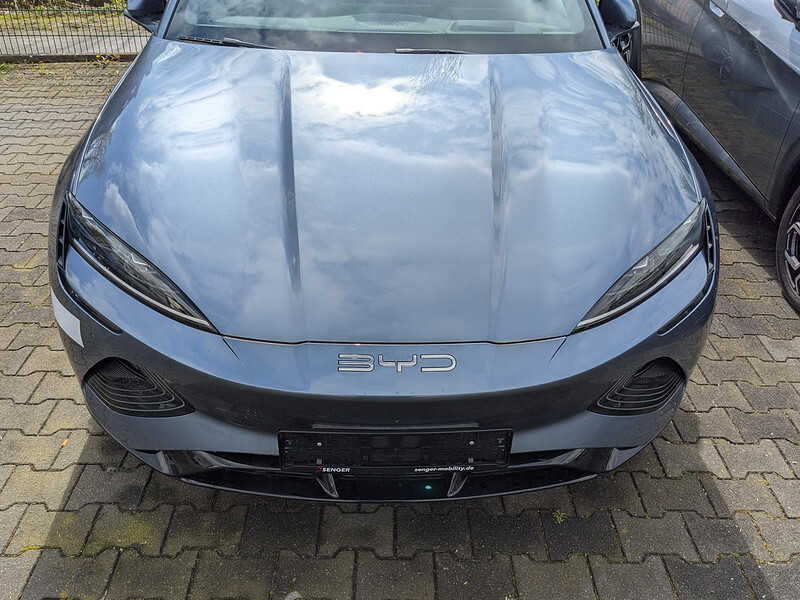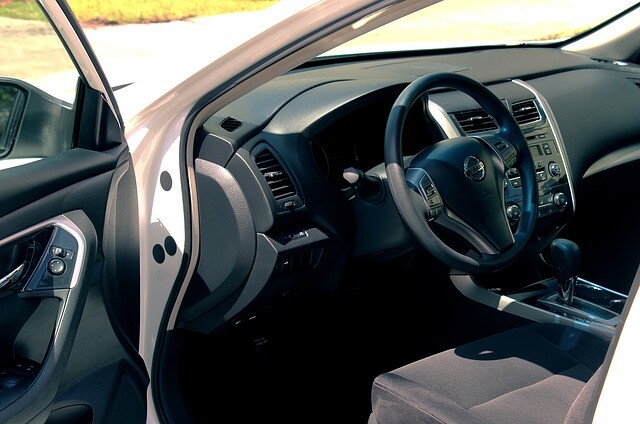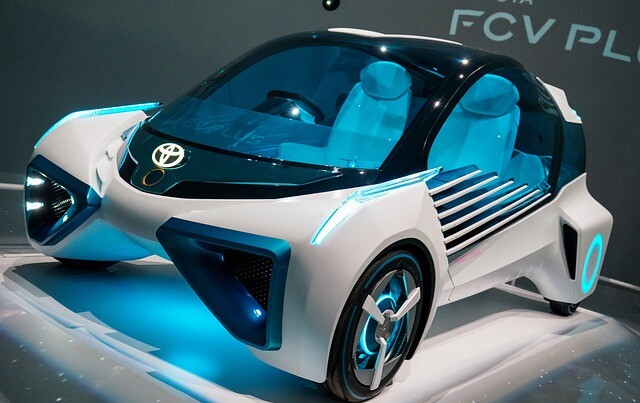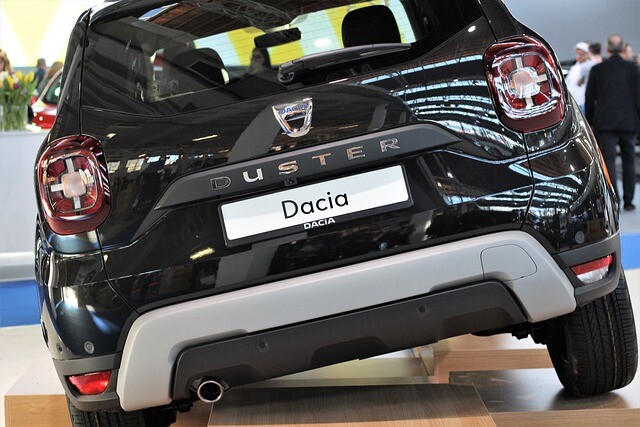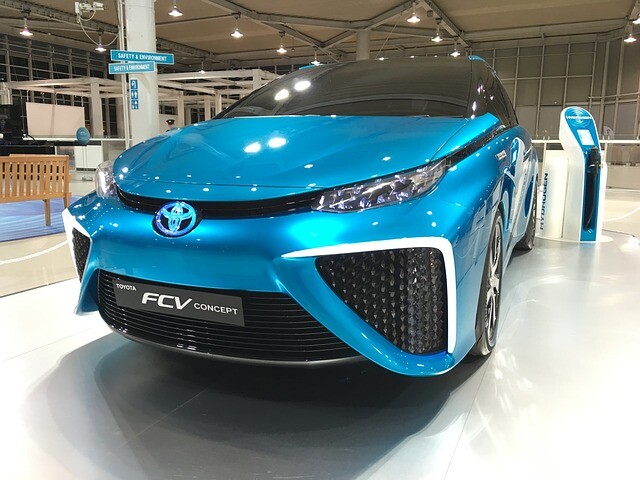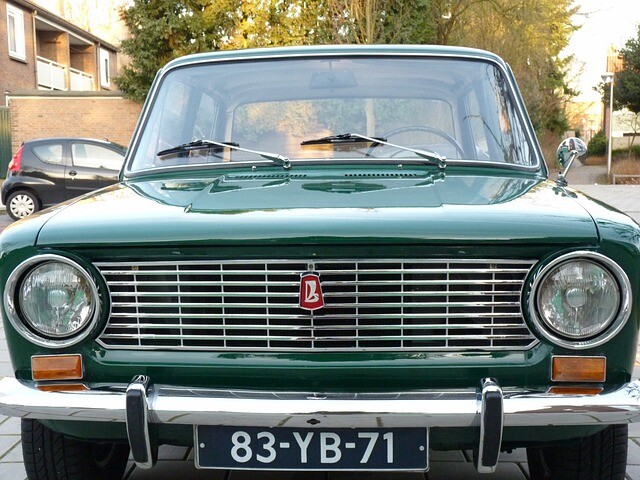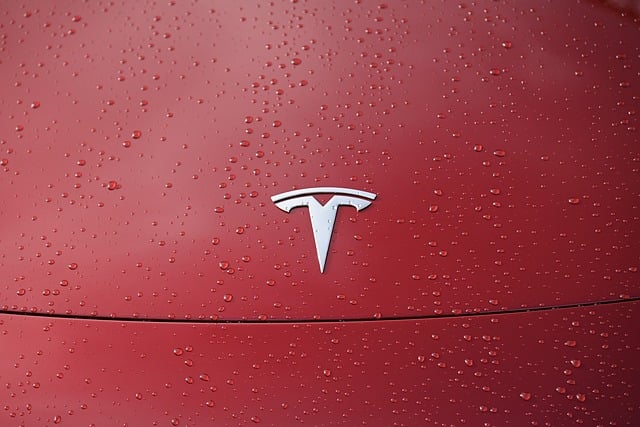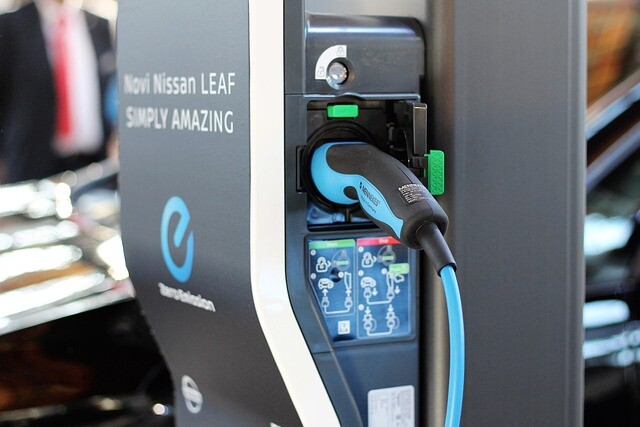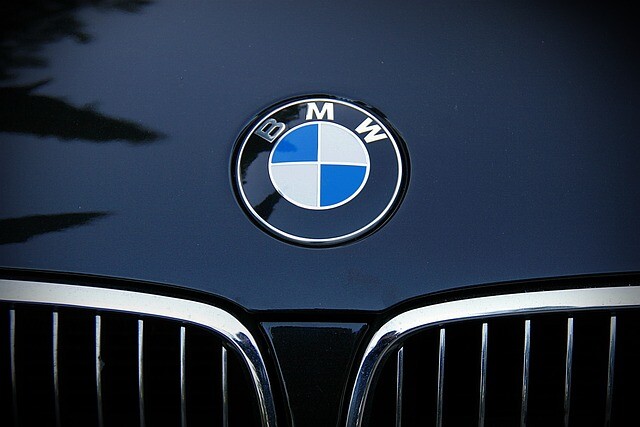Everything about the green license plate
The means of transport of the future are, according to many, clearly electric vehicles, but despite the fact that more and more "green license plates", buses or scooters can be seen in traffic, it is not known exactly what a vehicle means. Who has the green license plate, what are the benefits, how to claim?
More and more green license plates can be seen on the roads and in urban traffic. Some of these are clearly a purely electric trolley, but remarkably many of them are a high-powered vehicle, often a luxury car, which we assume would not go far with a battery. How can they also have a green license plate if this distinction is made for environmentally friendly cars? It is therefore worthwhile to clarify what is an electric car, what types of vehicles are running on the roads, what is a hybrid or a plug-in vehicle?

At first glance, it seems simple: an electric car is a vehicle driven by one or more electric motors. The electric power required for the drive is carried by a battery or other energy storage device - is determined by the electricians' community on their website. There is a professional consensus that the name of an electric car is used only for vehicles that are not purely electric, that is, do not use an internal combustion engine. In general, however, the name of an electric car or electric car is very often used for vehicles that are not driven by pure electricity, but are driven by other resources in a different way, so they are hybrid cars.
Electric cars are known to be able to take a smaller distance than a gasoline or diesel engine with a pure electric drive. Therefore, these vehicles can primarily be expected to be more popular in urban, local traffic, and need to plan for longer journeys, ie the route is determined by the location of the charging options. It is good news, however, that the number of filling points is increasing explosively.
The performance of electric motors is usually lower than that of explosive motors, so manufacturers often combine a pure electric drive with a fossil drive to reach the widest possible range of customers. This is also the case of a vehicle with a drive called a hybrid, which basically mostly carries gasoline - rarely a diesel engine, but the drive is also assisted by an electric motor (s). The car stores the energy generated by regenerative braking in a low-capacity battery that can be used to move the car during acceleration or continuous driving. Some of the hybrid cars can go on a purely electric drive a few thousand meters, but there are also models in which the electric motors only provide the energy surplus needed for acceleration. The reduction in consumption of these cars is achieved by recycling the energy recovered during braking and cannot be recharged from an external power source. One of their best-known "copies" is the Toyota Prius, but there is a hybrid model in almost every brand. A plug-in hybrid is a version of the “basic hybrid” that is turbocharged with a larger battery and an external charging option. Its purely electric range is already 20-50 kilometers - true, it is typically only a theoretical value. When the heating or cooling is switched on, the internal combustion engine often starts immediately, as it is the primary form of propulsion like the previous solution. Nothing forces the car to use the electric drive.
One of the “greener” vehicles is the range-enhanced electric car, which is purely electromotor driven, but also equipped with a small gasoline engine optimized for power generation. The petrol engine will recharge the battery if necessary, so the mini-power plant will be able to go further with such a car. These cars are already 100-150 kilometers in pure electric operation, and by default they do not use the generator, it only helps on the longer trips. It is very popular, because it is actually possible to drive it with electricity, in fact, to the "infinity". True, the power-generating engine visibly visibly drives the car's price and maintenance costs.
The fuel cell electric car is also purely electric, but the required energy is not stored in the battery but in the form of liquid hydrogen. Hydrogen can be refueled quickly, so the hydrogen container can be recharged in a few minutes compared to a 20-60 minute battery charge. From the hydrogen, a fuel cell produces the electric current, which can then be utilized by a purely electric drive. Although several vendors have gotten involved in the development of such cars, it looks very much so expensive to manage hydrogen and build a filling network so far that plans remain in the drawers.
(Source: hvg.hu / photo: pixabay.com)

